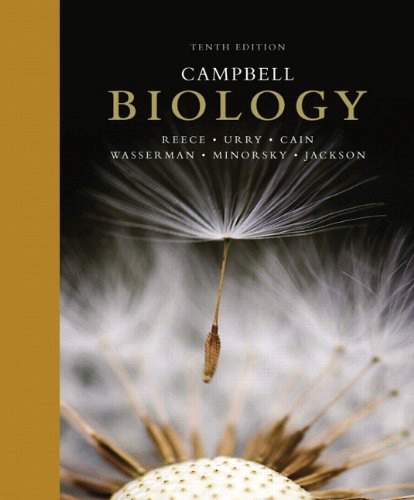Connecting...

This is a quick preview of the lesson. For full access, please Log In or Sign up.
For more information, please see full course syllabus of Biology
For more information, please see full course syllabus of Biology
Biology Animals, Part III
Lecture Description
In this lesson, our instructor Bryan Cardella gives an introduction on animals part three. He finishes the lesson on animals by discussing the characteristics of subphylum vertebrata, fish characteristics and classes, amphibian characteristics and orders, reptile characteristics and order, and bird characteristics and orders.
Bookmark & Share
Embed
Share this knowledge with your friends!
Copy & Paste this embed code into your website’s HTML
Please ensure that your website editor is in text mode when you paste the code.(In Wordpress, the mode button is on the top right corner.)
×
Since this lesson is not free, only the preview will appear on your website.
- - Allow users to view the embedded video in full-size.
Next Lecture
Previous Lecture










































 Answer Engine
Answer Engine

2 answers
Last reply by: Hossain Khondaker
Tue Jul 28, 2015 10:34 AM
Post by Hossain Khondaker on July 26, 2015
What is the difference between oceanic and aquatic? is it just the salt concentration or is there more to it??
0 answers
Post by Bryan Cardella on March 14, 2014
NOTE: When I stated that there are "some reptiles, like crocodiles, that are bordering on being warm-blooded", I was referring to the fact that crocodiles have a four-chambered heart (which warm-blooded vertebrates have). However, don't be mistaken: crocodiles are definitely ectothermic. Modern-day reptiles are usually not able to regulate their internal body temperature enough to be considered endothermic (warm-blooded). On the other hand, there are some ancient reptiles from over 100 million years ago that show evidence of being truly warm-blooded.